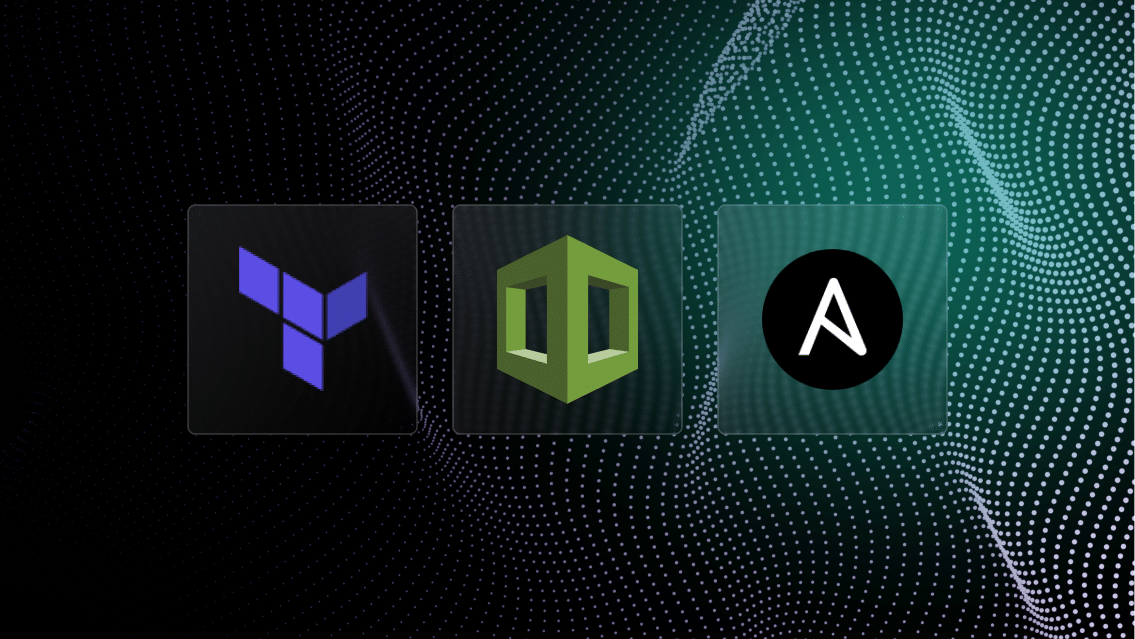Welcome to the latest roundup of product enhancements and other updates for our Quali Torque community.
If you’re not familiar, Torque enables our users to accelerate and optimize the delivery of cloud-based environments at scale—from designing and creating code through to provisioning and updating live infrastructure.
To see it in action, watch this brief demo:

Here are this month’s updates:
Join our webinar: Using AI to accelerate DevOps
While most DevOps teams automate as much of their work as possible, the reality is that many DevOps engineers end up inundated with manual work as part of their day-to-day operations.
Join us on Wednesday, May 14th, for a 30-minute live demo webinar that will show how our users leverage AI to move faster, such as:
- Creating code to provision infrastructure, launch environments, and enforce Open Policy Agent standards for cloud governance
- Diagnosing provisioning errors and other disruptions to accelerate de-bugging and resolution
- Identifying idle cloud resources to help eliminate wasted cloud costs
Sign up here to join the live session and/or receive the recording in your inbox.
Ansible Teardown to automate clean-up for environments
Introducing Ansible Teardown, a powerful new feature in Torque that ensures your environments stay clean and cost-efficient.
Torque leverages our users’ existing Ansible playbooks as components in an environment blueprint, which makes environments easy to automate and launch on demand. This allows users to execute the deployment of an environment that automates the execution of their Ansible playbook seamlessly.
With the new on-destroy section in Ansible grains, you can now define a dedicated teardown process to automatically clean up resources when an environment is destroyed.
Whether it’s removing deployed VMs or executing pre-destroy scripts, Ansible Teardown helps prevent resource leaks, reduce unnecessary cloud costs, and maintain consistent environments. It mirrors your deployment config, giving you full control over playbooks, inputs, inventories, and scripts for a smooth and predictable cleanup.
Expanded cloud governance capabilities for Open Policy Agent (OPA) standards
Since Torque executes the code to provision infrastructure and environments, the platform enforces cloud governance by allowing or denying actions that administrators define in Torque policies.
For example, administrators can apply policies to specific teams to prohibit specific cloud platforms. Any attempt to provision an environment containing infrastructure on those platforms will be denied, and can trigger an approval request to an administrator.
To enforce these policies, Torque looks for “context,” which is defined as the data in the environment blueprint the user is attempting to provision. In our example regarding cloud platforms, the cloud service defined in the environment blueprint would be the data.
We’ve recently expanded the types of data that policies can support to include:
- Space: A Space defines agents, asset repositories, blueprint repository, CI/CD plugins—and user access to those. In practice, Spaces often separate teams, projects, and development lifecycle stages so end-users and administrators only have access to the infrastructure resources they need.
- Roles: These define permissions that a user has in a Space, which allows administrators to determine who can create or modify infrastructure and environments, and who can simply launch and access the environment outputs.
- Groups: This defines the role-based permissions for groups of users across various spaces in the Torque account.
This provides administrators more control, flexibility and granularity when developing policies.
Check out our updated documentation to learn more.
Modify labels to keep metadata fresh
At scale, Torque users may have access to hundreds or thousands of resources in any given Space—including infrastructure resources, environments, and workflows.
Labels make it easy for users to find the resources they need quickly.
With this update, administrators can now easily edit and delete space labels directly from the Torque UI, making it simpler to keep your space organized and clutter-free.
This update gives administrators more control over metadata by making it easy to eliminate outdated or unused labels.

